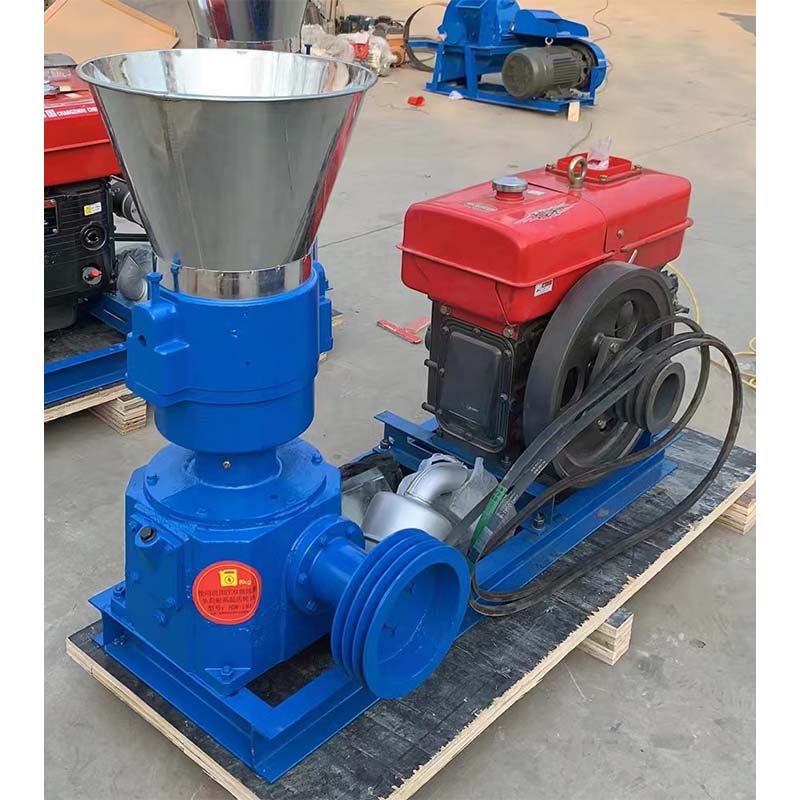Cage System Design for Efficient Poultry House Management and Production
Nov . 11, 2024 03:08 Back to list
Cage System Design for Efficient Poultry House Management and Production
The Cage System in Poultry Housing An Overview
The cage system in poultry housing has been a significant topic of discussion among farmers, animal welfare advocates, and consumers alike. This method of housing poultry, primarily hens, has been utilized for decades, primarily for egg production. As the demand for eggs continues to grow globally, the efficiency and effectiveness of various housing systems become increasingly important.
Understanding the Cage System
The cage system involves housing birds in individual or group cages within a controlled environment. These cages are designed to maximize space efficiency while providing basic needs such as food, water, and ventilation. There are several types of cage systems, including traditional battery cages, enriched cages, and colony systems.
- Battery Cages These are small cages where hens are housed in groups with limited space. While this system is efficient for production, it has faced criticism for animal welfare concerns, particularly regarding the limitations on movement and natural behaviors in hens.
- Enriched Cages To address some of the welfare concerns associated with battery cages, enriched cages have been introduced. These cages are larger and provide additional features such as nesting areas, perches, and scratching space. Although they still restrict movement compared to free-range systems, they allow hens to exhibit more natural behaviors.
- Colony Systems These systems comprise larger groups of hens within individual housing units. They provide more space per bird than traditional battery cages while still maintaining some level of confinement.
Advantages of the Cage System
1. Efficiency in Production The cage system allows for a high density of birds in a confined area, which can lead to increased egg production. With automated feeding and watering systems, farmers can optimize efficiency and reduce labor costs.
2. Biosecurity Caged systems can help minimize the risk of disease transmission among birds. By reducing contact with external animals and controlling the environment, farmers can better manage the health of their flocks.
cage system poultry house

3. Egg Quality Control The controlled environment of cage systems contributes to consistent egg quality. Factors such as temperature and lighting can be managed more effectively, resulting in uniform production.
4. Cost-Effectiveness The initial setup of a cage system can be a significant investment; however, the long-term operational costs can be lower due to automation and efficient space utilization.
Challenges and Criticisms
Despite the advantages, the cage system has faced increasing scrutiny over animal welfare. Critics argue that the confinement of hens restricts their natural behaviors, leading to physical and psychological stress. For instance, hens in battery cages may engage in harmful behaviors such as feather pecking due to frustration from lack of space.
As public awareness of animal welfare continues to rise, many consumers are demanding more humane production methods. This has led some retailers and food companies to commit to sourcing eggs from cage-free or free-range systems, pushing the industry towards more ethical practices.
Transitioning to Alternative Systems
In response to consumer demand and welfare concerns, many producers are transitioning to cage-free systems. These systems allow hens to roam freely within an indoor environment or outdoors, which supports natural behaviors. However, the transition requires careful management to ensure that egg production remains stable while meeting the new welfare standards.
Conclusion
The cage system in poultry housing plays a critical role in the egg production industry. While it offers significant advantages in terms of efficiency and production, the growing concerns about animal welfare necessitate a re-evaluation of housing practices. Striking a balance between high production levels and the ethical treatment of animals is essential for the future of poultry farming. As consumers become more conscious of where their food comes from, the industry must adapt to meet these evolving expectations while ensuring sustainable production. The evolution of poultry housing, including the shift from traditional cages to more humane systems, will be vital in shaping the future landscape of poultry farming.
-
Hot Sale 24 & 18 Door Rabbit Cages - Premium Breeding Solutions
NewsJul.25,2025
-
Automatic Feeding Line System Pan Feeder Nipple Drinker - Anping County Yize Metal Products Co., Ltd.
NewsJul.21,2025
-
Automatic Feeding Line System Pan Feeder Nipple Drinker - Anping County Yize Metal Products Co., Ltd.
NewsJul.21,2025
-
Automatic Feeding Line System - Anping Yize | Precision & Nipple
NewsJul.21,2025
-
Automatic Feeding Line System - Anping Yize | Precision & Nipple
NewsJul.21,2025
-
Automatic Feeding Line System-Anping County Yize Metal Products Co., Ltd.|Efficient Feed Distribution&Customized Animal Farming Solutions
NewsJul.21,2025






